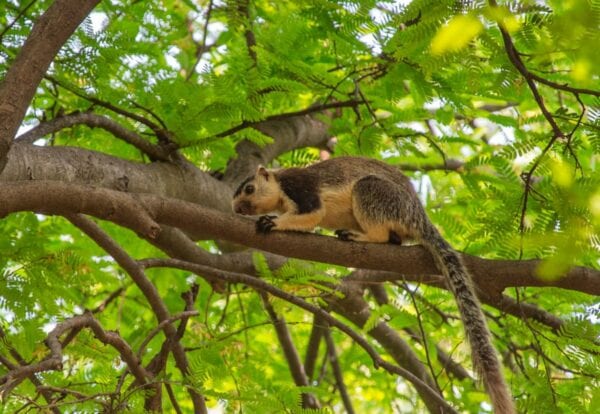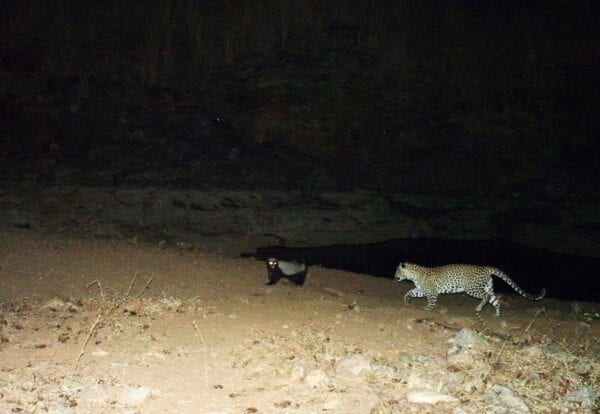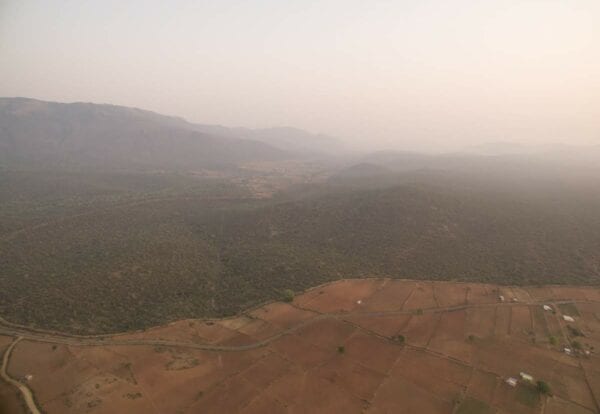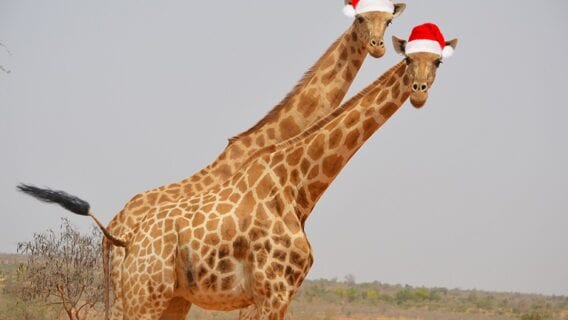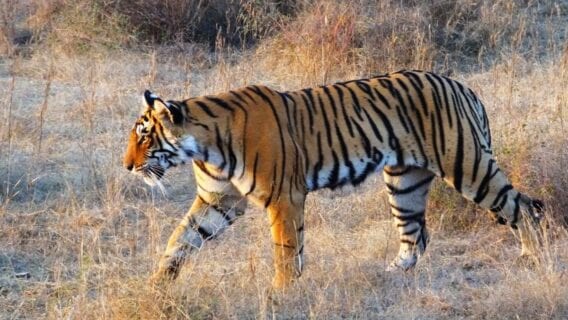Tiger: The Sturdy Umbrella Species
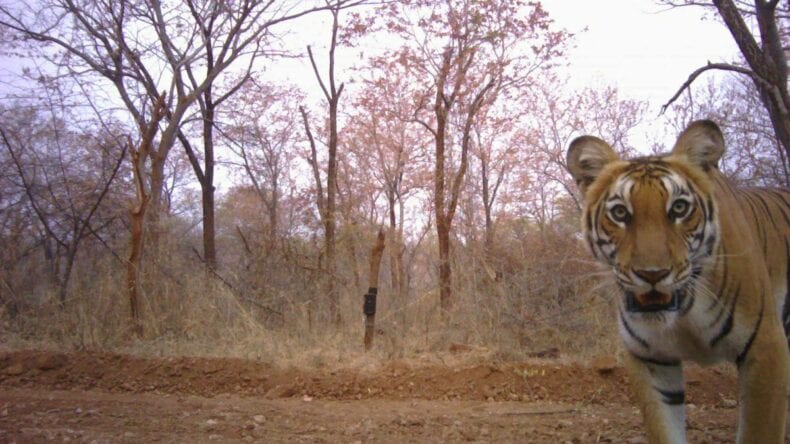
Tigers need large expanses of habitats and ample amount of prey to survive and flourish. It is expected that the conservation of this charismatic species will help confer protection to many other species that share the same habitat. I do not mean that the tiger would literally defend the other animals, but they act like sturdy, protective umbrellas that provide indirect conservation support to a host of other species. This could include elephants, dholes, leopards, gaur, sambar, and many other mammals, reptiles, birds, amphibians, insects, and others.
In their pursuit to conserve the tiger’s habitats, governments, communities and civil societies all help protect other co-occurring species.
Within its current distribution range, tigers are largely found in forests and woodland. Protection of these forests also conserves functioning hydrological systems. In the Cauvery-Male Mahadeshwara Hills (MM Hills) landscape where we work, several large streams and rivulets all flow into the Kaveri River, one of the largest rivers in Southern India. Here, tigers play the role of a critical ecosystem service provider.
With the river, comes protection to the wonderful riverine habitat along the Kaveri River in which, the endemic Grizzled giant squirrel (Ratufa macroura) survives. Nowhere else does this little rodent live except in a miniscule part of Southern India and Sri Lanka.
Two small, playful carnivores — the small-clawed and the smooth coated otters — thrive in the Kaveri River. The marsh crocodile, grey-headed fishing eagle, the mahseer fish and a host of other freshwater faunal and floral species have found a safe abode in the river, thanks again to the tiger.
Tigers bring us small surprises
Although the primary focus of our research has been large carnivores, the by-catch gave us a lot of exciting information over the years. For instance, in November 2014 we were in for a pleasant surprise when a Honey badger (Mellivora capensis) walked past our camera traps in the dry, arid Cauvery Wildlife Sanctuary. This was the first photographic record of this small carnivore in the state of Karnataka. This little carnivore is now commanding the spotlight in Karnataka. It now features in the official logo of the Cauvery Wildlife Sanctuary, and the frontline staff proudly wear badges of the “ratel” as it is known locally, on their uniforms.
The Brown mongoose (Herpestes fuscus), another small carnivore with a restricted distribution in India and Sri Lanka, appeared in our camera traps in the Biligiri Rangaswamy Temple (BRT) Tiger Reserve. It has never been recorded in our state beyond a very small location in the evergreen forests.
The tiger is the apex predator in our landscape, but it also creates a habitat for the Rusty-spotted cat (Prionailurus rubiginosus), the smallest wild cat in the world. These elusive, nocturnal cats have appeared in our camera traps providing us an opportunity to analyse their numbers for the first time ever.
Thus, research on large carnivores helped us understand the interesting ecological factors of several other small carnivores.
Tigers help conserve corridors
A young tigress, aged about three years, which we christened BR60, moves between the BRT Tiger Reserve and the MM Hills Wildlife Sanctuary. She uses the narrow 1.6 km Doddasampige-Edyaralli wildlife corridor to do so. This forest corridor is one of the focus areas of our work supported by IUCN’s Integrated Tiger Habitat Conservation Programme.
Our research showed that apart from tigers, other species including elephants, leopards, dholes, gaur, sambar, chital, and many smaller mammals too use this corridor. Consequently, the corridor protected under the tag of the tiger is helping wildlife species move between two larger habitats thereby providing them with access to food, water, shelter, and breeding sites.
The umbrella species concept is, of course, more complex than it appears. Umbrella species have limitations and need to be evaluated for their effectiveness. Until the data trickles in however, it is important to keep the concept in the conservationist’s toolbox. In any case, tigers and other umbrella species are often helpful in getting political and social support. It has certainly helped us raise public awareness for the Cauvery-MM Hills landscape.
Conserving the tiger in its actual habitat creates healthier, natural and resilient ecosystems where a variety of wildlife species can thrive.

